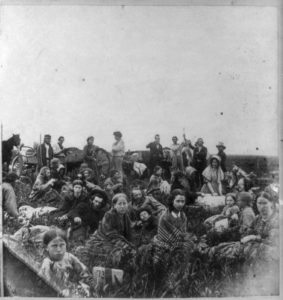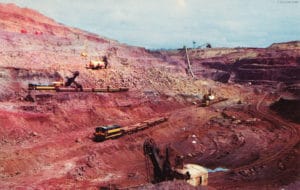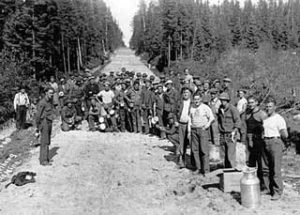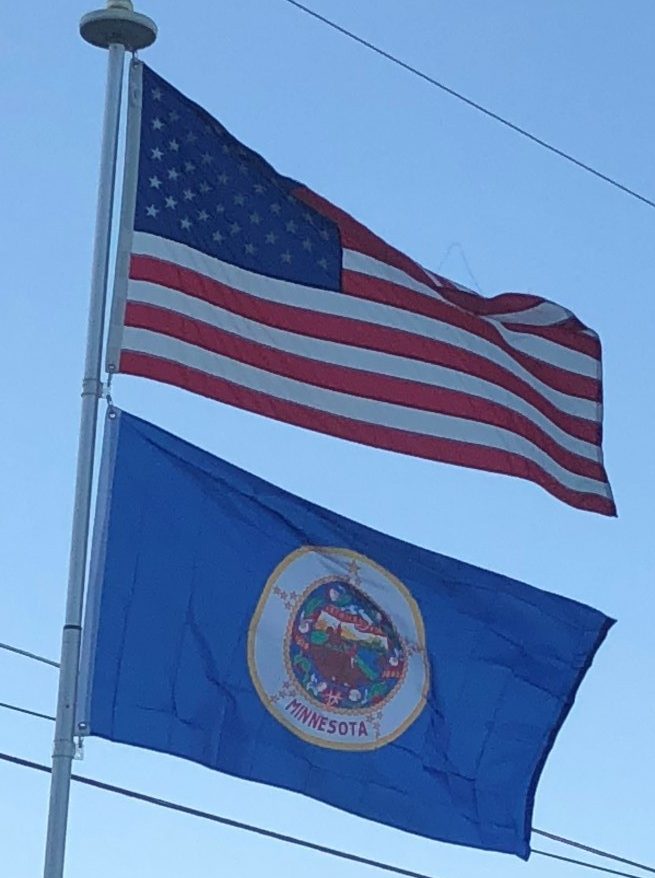
Its soldiers built a grist mill and a sawmill at Saint Anthony Falls, the first of the water-powered industries around which the city of Minneapolis later grew. Meanwhile, squatters, government officials, and tourists had settled near the fort. In 1839, the army forced them to move downriver and they settled in the area that became St. Paul. The Minnesota Territory was formed on March 3, 1849. Minnesota became the 32nd U.S. state on May 11, 1858. The founding population was so overwhelmingly of New England origins that the state was dubbed “the New England of the West”.
Treaties between European settlers and the Dakota and Ojibwe gradually forced the natives off their lands and on to smaller reservations. In 1861, residents of Mankato formed the Knights of the Forest, with a goal of eliminating all Indians from Minnesota. As conditions deteriorated for the Dakota, tensions rose, leading to the Dakota War of 1862.

The result of the six-week war was the execution of 38 Dakota and the exile of most of the rest of the Dakota to the Crow Creek Reservation in Dakota Territory. As many as 800 white settlers died during the war.
Logging and farming were mainstays of Minnesota’s early economy. The sawmills at Saint Anthony Falls, and logging centers like Marine on St. Croix, Stillwater, and Winona, processed high volumes of lumber. These cities were situated on rivers that were ideal for transportation. Later, Saint Anthony Falls was tapped to provide power for flour mills. By 1900, Minnesota mills, led by Pillsbury, Northwestern and the Washburn-Crosby Company, a forerunner of General Mills, were grinding 14.1 percent of the nation’s grain.
The state’s iron-mining industry was established with the discovery of iron in the Vermilion Range and the Mesabi Range in the 1880s, and in the Cuyuna Range in the early 20th century.

The ore was shipped by rail to Duluth and Two Harbors, then loaded onto ships and transported eastward over the Great Lakes.
20th Century:
Industrial development and the rise of manufacturing caused the population to shift gradually from rural areas to cities during the early 20th century. Nevertheless, farming remained prevalent. Minnesota’s economy was hard-hit by the Great Depression, resulting in lower prices for farmers, layoffs among iron miners, and labor unrest. Compounding the adversity, western Minnesota and the Dakotas were hit by drought from 1931 to 1935. New Deal programs provided some economic turnaround. The Civilian Conservation Corps and other programs around the state established some jobs for Indians on their reservations, and the Indian Reorganization Act of 1934 provided the tribes with a mechanism of self-government.

This provided natives a greater voice within the state, and promoted more respect for tribal customs because religious ceremonies and native languages were no longer suppressed.
After World War II, industrial development quickened. New technology increased farm productivity through automation of feedlots for hogs and cattle, machine milking at dairy farms, and raising chickens in large buildings. Planting became more specialized with hybridization of corn and wheat, and the use of farm machinery such as tractors and combines became the norm. Suburban development accelerated due to increased postwar housing demand and convenient transportation. Increased mobility, in turn, enabled more specialized jobs. Minnesota became a center of technology after World War II.
Economy:
Once primarily a producer of raw materials, Minnesota’s economy has transformed to emphasize finished products and services. Perhaps the most significant characteristic of the economy is its diversity; the relative outputs of its business sectors closely match the United States as a whole.
